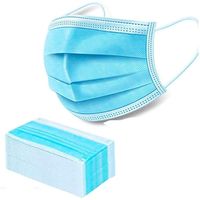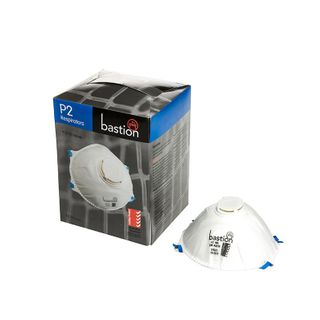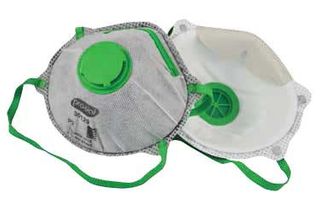Respirators & Face Masks

GENERAL GUIDANCE FOR CLOTH MASKS
-
A fluid-repellant layer on the outside layer of your mask gives the best protection.
-
Three-layer masks are best. Two layers are the minimum.
-
Have one for each time of the day you think you’ll need it (for example, one for the train in the morning, one for when you are out buying lunch, and one for the train in the evening). Wash your collection of masks at the end of each day.
-
Handle masks safely. You wouldn’t leave your used tissue on your desk or hanging around your neck. Treat your used mask like a used handkerchief.
-
Clean your hands before and after you put on your mask or any time you feel like you want to adjust your mask. Having hand sanitiser in a small bottle with you at all times will help keep you safe.
-
Masks are not for babies and children under two years old. Masks can be choking hazards for infants and toddlers.
-
Remember, the safest thing is to not go into a crowded place. Masks help you protect other people, they are not a substitute for physical distancing.
-
For more information about the protection that masks provide against COVID-19 visit Department of Health - Coronavirus (COVID-19) – Are cloth face masks likely to provide protection against COVID-19?
- Dust control measure and awareness is usefully tabled on the NSW Govt website





